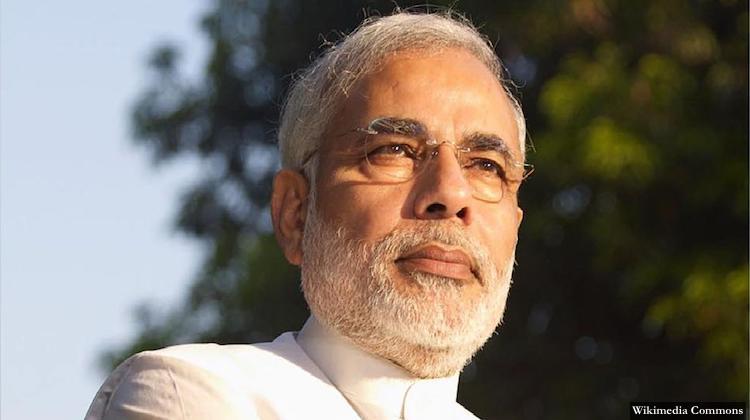Modi’s Concern About Substance Abuse Among Youth Valid

Prime Minister Narendra Modi said during a video conference speech on October 5, 2017 that society would be “ruined” over the next 20-25 years if growing substance abuse and addiction among younger Indians was not checked.
“If we let this grow, then in 20-25 years, our society will be ruined,” he said. “If such addiction enters our youth and our families, it will pain our older generation a lot.”
We found Modi was right in expressing concern.
As many as 22.4% (1 in five) people over 18 years suffer from substance-abuse disorders (SUDs), according to the National Mental Health Survey 2015-16 (NMHS). The survey was conducted by National Institute of Mental Health and Neuro Sciences (NIMHANS), based in Bangalore, among 34,802 individuals across 12 states.
The prevalence of SUDs was 13.54% among those aged 18 to 29 and 24.58% among the 30-39 age group.
Psychoactive SUDs include alcohol, opioids, cannabinoids, sedatives and hypnotics, cocaine, other stimulants, hallucinogens, volatile solvents and tobacco.
The study found that tobacco-use disorders account for 20.9% of SUDs, more than any other disorder, followed by alcohol (4.6%).
Males (35.7%) were struck more by SUDs than females (10.05%), as Modi said.

Source: National Mental Health Survey 2015-16 Note: All figures in percentages.
The per capita consumption of alcohol in India has increased 38%, from 1.6 litres in 2003-05 to 2.2 litres in 2010-12, according to this 2014 World Health Organisation (WHO) report.
More than 11% of Indians were binge drinkers-the practice of consuming large quantities of alcohol in a single session, usually defined as five or more drinks at one time for a man, or four or more drinks at one time for a woman--against the global average of 16%, IndiaSpend reported on May 25, 2016.
| Substance-Use Disorders, By Age Group | |
|---|---|
| Characteristics | Prevalence of any substance use disorder |
| Total | 22.44 |
| Age Group | |
| 18-29 | 13.54 |
| 30-39 | 24.58 |
| 40-49 | 29.21 |
| 50-59 | 29.4 |
| 60+ | 27.78 |
| Gender | |
| Male | 35.67 |
| Female | 10.05 |
| Residence | |
| Rural | 24.12 |
| Urban non- metro | 20.27 |
| Urban metro | 18.28 |
Source: National Mental Health Survey 2015-16 Note: All figures in percentages
Rajasthan (38.9%) reported the highest rate of SUDs, followed by Madhya Pradesh (36.6%) and Chhattisgarh (32.4%), the survey found. Punjab, a state infamous for high drug-addiction rates, reported a prevalence rate of 11%.
There are nearly 230,000 opioid dependent and 860,000 opioid users in Punjab, according to the 2015 Punjab Opioid Dependence Survey, IndiaSpend reported on February 3, 2017.
Substance-led disorders were higher in rural India than urban, metro and non-metro areas, since an average household in rural India spends more money on alcohol and tobacco than on preventive healthcare, according to a survey by Chrome Data Analytics and Media, which tracked 50,000 villages across 19 states, Quartz India reported on November 1, 2016.
Note:
- The Youth in India 2017 report by the ministry of statistics and programme implementation defines youth as those aged between 18-34 years.
- Prevalence rate refers to prevalence of SUDs among the surveyed population in these states.
(Saha is an MA Gender and Development student at Institute of Development Studies, University of Sussex.)


